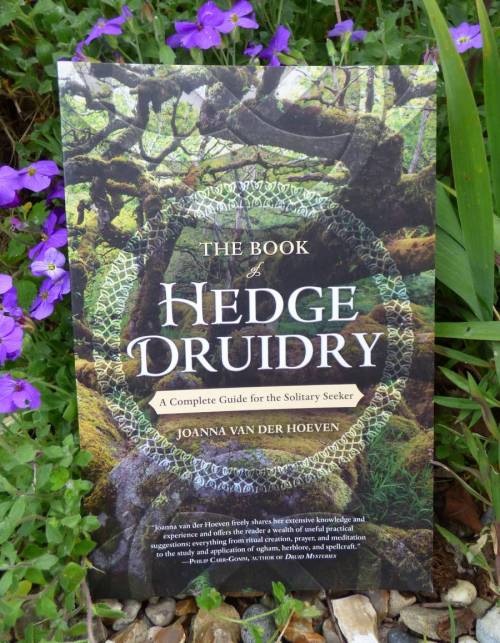
This Night of the Witches (heks, meaning “witch” in Dutch and nacht meaning “night”) was created originally out of the need to overlay a Christian rite onto a Pagan festival that was hard to abolish. In Germany it was called Hexennacht, in Scandinavia Walpurgis Night. At the end of winter, people wanted to celebrate and hurry on the coming of spring, and bonfires would be lit to drive out the spirits of winter and also reflect the return of the light and warmth of summer. However, this became the fires that would burn the witches, or at the very least keep them at bay while they travelled on to a night of revelry on The Brocken in Germany.
For on this night, the Christians said that the witches gathered on the Hexentanzplatz (the Witch’s Dance Floor) which is a high plateau in the Harz mountains of Germany. Some believe this place to be an old Saxon gathering place/cultic site, which was later banned by the Franks and given its current name. According to the Christians, after the witches gathered at Hexentanzplatz they then travelled to The Brocken, the highest peak in the Harz to dance away the night with the Devil. This is thought to reflect an old Saxon custom of leaving animal and possibly even human sacrifices on the mountain to the god Odin (or Wotan, as he was probably known then).[1]
Known as Walpurgis Night (Walpurgisnacht) in the Christian calendar, this festival was created to commemorate the English nun, Walpurga and her mission to Christianise the heathens. She is said to have been canonised on 1 May 870AD. Thus Walpurgis Night fell around the same time as the pre-Christian festivals, and thus transformed them, at least for a time.
In the period of Romanticism, after the hysteria of the witch burnings died down, there was a revival across Europe of the old folk customs and lore. This brought Heksennacht, the Witch’s Night back to many countries in various forms, falling on the 30th April.
Today, across Germany and other European countries,as well as throughout Scandinavia, this festival is still celebrated.





















